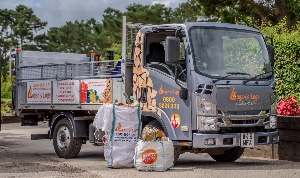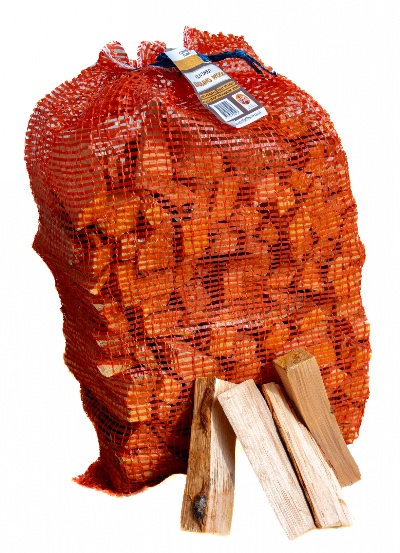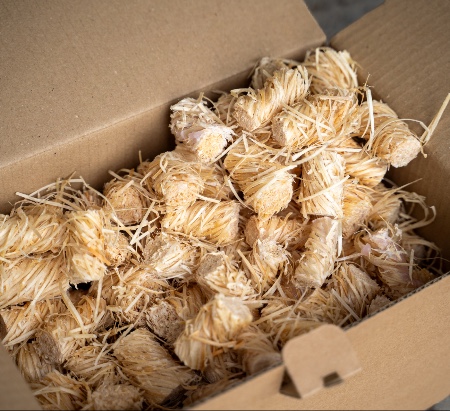A Practical Guide to Burning Wood and other Fuels on Open Fires and Stoves
Burning Wood and other Fuels on open fires and stoves is increasing in popularity. This guide will answer some important questions when considering what fuel to buy and burn on your appliance, including:
- Reducing the environmental effects of Burning Wood, Coal and Smokeless Fuels.
- Maximising the efficiency of your Fuel.
- Keeping your appliance and chimney clean and working correctly.
Your Fuel
Consider how much you burn
Many people burn purely for visual effect. Consider how much you are burning over the day and ask yourself is it necessary. If your property is already warm, consider holding off a while. Reducing the quantity you burn can be the simplest way of being more environmentally friendly and of course reducing cost.
Buy Quality Assured Firewood
If you want to burn straight away, ensure you buy firewood from a reputable retailer that is quality assured, kiln dried or Fully Seasoned. Also check that your wood comes from sustainable sources.
Ensure your wood is Fully Seasoned or Kiln Dried
Wet and Un-Seasoned wood is often cheap to purchase but will need to be dried (Seasoned) before burning. Wet wood can be saturated with water and produce a log that has a moisture level of up to 40%. Vaporising a pound of water in your logs wastes an average of 1200 British Thermal Units (BTU). Burning wet wood also creates smoke and harmful deposits that cling to your appliance and chimney. This reduces its efficiency when heating your home and is the main cause of flue fires.
Burning House Coal? Use approved smokeless fuels instead
Approved Smokeless Fuels produce less carbon and smoke than regular House Coal. Although they usually cost a little more, they generally produce more heat for your home and for longer periods of time.
Do not burn treated, painted wood or household waste
Treated wood and household waste can produce very harmful emissions such as arsenic and other toxic pollutants into your home.
Maintenance of your Open Fire or Stove
We recommend you regularly service and maintain your appliance at least once every year.
This means it will burn with peak efficiency. Always operate your appliance within the manufacturers guidelines and burn permitted fuels. If you’re unsure what you can burn, please refer to your owner’s manual or contact the appliance manufacturer.
Also ensure you can burn your fuel in the area you live in. More information can be found by following this link:
https://www.gov.uk/smoke-control-area-rules
Sweep your Chimney regularly - We recommend every 6 Months
Tar and Carbon emissions build up in your chimney reducing its efficiency and increase the risks of Chimney Fires. Always use a professional Chimney Sweep who will be able to advise you on best practices and keeping your chimney in good condition.
Choosing the correct appliance
Open Fires and Stoves
If you’re thinking of buying a new stove, look for appliances that are approved for use in smoke controlled areas by the Department for Environment, Food and Rural Affairs (Defra).
More information can be found here:
https://www.gov.uk/government/organisations/department-for-environment-food-rural-affairs
http://ec.europa.eu/growth/industry/sustainability/ecodesign_en
Smoke Controlled Areas – The Law
Urban Areas
Most Urban areas are within smoke controlled areas. Your local authority will be able to tell you if you are in a smoke controlled area. If you’re unsure if you live in one of these areas or you would like more information about an appliance, please see the information below.
For more information on Authorised Smokeless Fuel:
https://smokecontrol.defra.gov.uk/fuels.php
WARNING: Breaking the rules could land you a fine of up to £1000.
Burning Outside
Bonfires, Firepits and BBQ’s
If you’re considering burning outside, be considerate towards your neighbours and always take care not to cause a smoke nuisance. Always dispose of your garden waste through your Local Council’s Disposal Scheme.
Following these steps have many Benefits
Reducing harmful health effects
Following the above steps will help to reduce the harmful health effects caused by inhalation of smoke; such as Asthma Attacks.
- Ask yourself if you really need to burn.
- Burn Kiln Dried or Fully Seasoned wood.
- Maintain your Chimney, Flue and Appliance.




